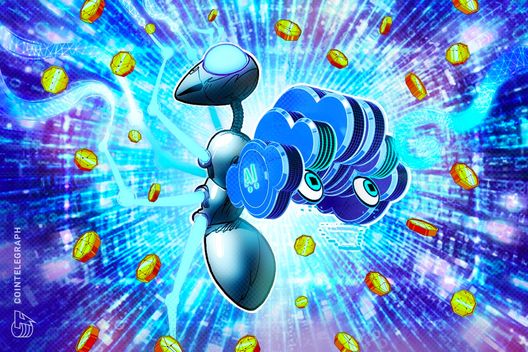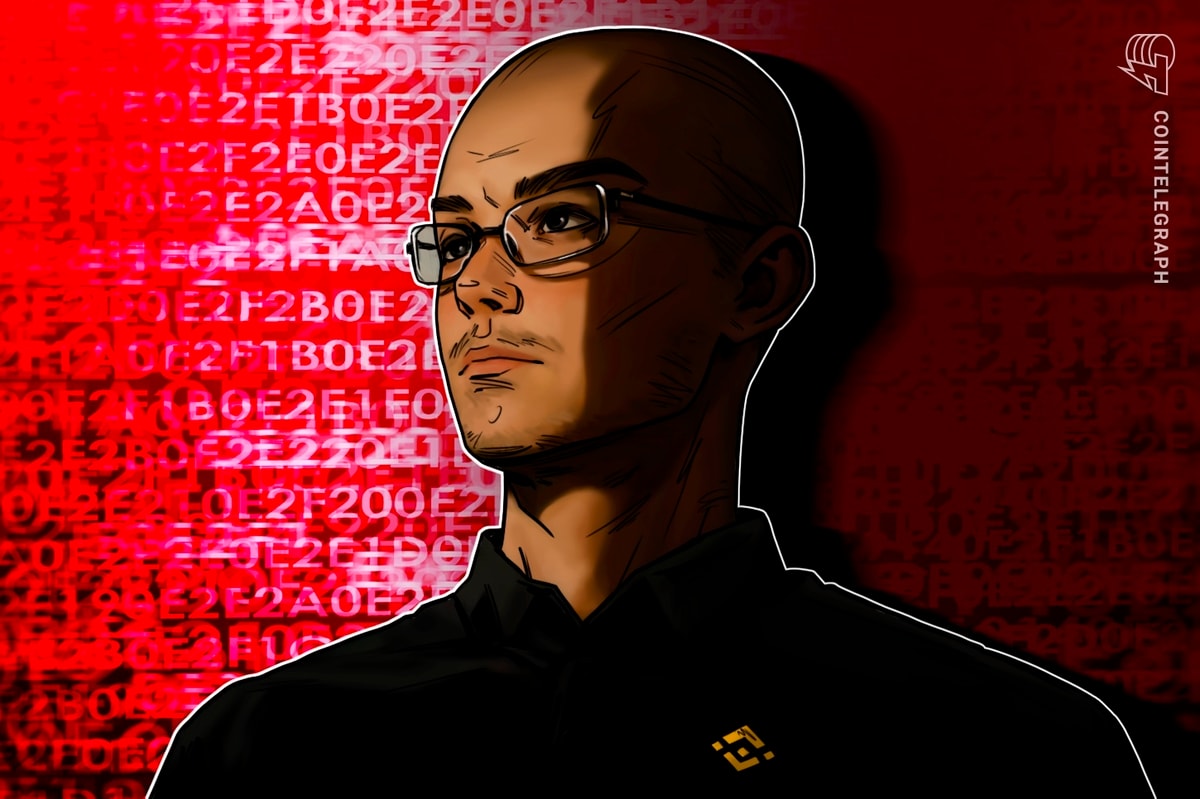
Opinion by: Qin Y Lau, CEO of Zkcandy
Many people still do not see the use of blockchain in sports. It is a powerful tool that runs ownership and trading but is not important for most gameplay types.
The rise of AI moves the equation. Blockchain is not just a bonus feature for enhanced sports with artificial intelligence – it is important for the construction of continuous gameplay. Fast processors and cloud servers are no longer enough. AI agents and players require blockchain to really enable social gaming experience, where achievements can be recorded and moved into various titles, the game can be converted into connected social ecosystem. Without decentralized infrastructure, agent gameplays become a centralized -walled garden where progress is temporary, the works are closed, and the experience is limited.
Disposable creation
Today’s AI can build an individual sports flow because it learns and suits in real time. But when AI moves within a centralized unit, its compositions remain disposable, owned and muddy by the corporations.
Player interaction is stored privately on the corporate server. If the server closes, memories and developed character relationships die. Game progress, AI agent evolution and generated materials are associated with a game session, account or corporate policy life cycle. If a player restarts the game or draws a publisher plug, the risk of all works and achievements is being wasted. When AI agents forget what they did yesterday, the emerging story cannot be constantly revealed, and NPCS does not get smarter.
If the user has a minimum part of the material generated, it can solve the problem, but the centralized nature of sports does not allow either.
Another important thing here is: When AI is favorable for the player, they become the co-producers of the game. They create new characters, stories and objects, but gamers cannot benefit from their creations. Creativity is exploited when players cannot capitalize on their contribution.
Memory, ownership and demonetisation
Blockchain is a natural fit to expand the memory of AI and owe users to their works.
A distributed laser game can record the material, including the player’s action and achievements. Most AI agents work within a single session today: they do not miss the previous interaction after the session is over. If the game progress is on record blockchain, nothing loses. Agents can learn and develop from session to session. It constantly opens the path of narratives and character arcs.
When the progression of AI is onchain, it is stored in users’ wallets, so players control their history and control their history – it is not lost or not closed. In addition to memory benefits for agent AI, a wide opportunity opens for managing in-game assets in ownership.
The problem with traditional sports is that gamers rent, not of themselves, things – everything remains under the control of the game publisher. If a player spends years in shaping the AI partner or a unique thing, then that property dies inside that game. It cannot be transferred to other sports or platforms. it’s stuck.
recent: Crypto gaming interest falls in April, overall ecosystem healthy: DAPPRADAR
When AI is supported by blockchain, any generated item can be mined as NFT and can stay in the player’s wallet forever. No one will ever remove it or restrict the access of the user: NFT is stored in a decentralized manner. And this is for their safe and utility, not speculation.
Users can move their assets beyond the same title in the virtual worlds. When the blockchain preserves memory and symptoms, items and even NPCs take a consistent recognition where they go.
Sports become an integrated social ecosystem. Players can compare them what they have created, showing their achievements with AI, and appreciating others’ trips. Social mobility proves around creativity, history and shared experiences, not only leadersboards or loot boxes. It keeps coming back to the players – not only playing, but also connecting.
Is it cost-skilled to store so much data, though? Layer -2 and layer -3 platforms have been dramatically advanced over the years. They have become sharp and cheap Handle thousands of transactions per second At almost invisible costs. Strong infrastructure has made it possible to store large amounts of data. Today’s blockchains can easily handle AI data accumulation for many users as required.
Finally, the asset opens the opportunities of masters ownership. When prepared carefully, they increase the gameplay, not replacing it, such as in early play-to-Kamai products.
AI agents will create unique items and collide them as NFTS, woven in the in-game marketplay in straight gameplay. Agents will look for the best trades and autonomally execute them. Players will enjoy playing, leaving most technical friction. They will invest their time, creativity and skills how they shape assets, characters or story with AI. And when they license, rent or sell them on open markets, they gain the real understanding of the agency and the reward, converting their contribution into permanent value.
While the players also make benefits what they make. They can earn part of each marketplace transaction, charge fee for mint or adaptation, and provide premium AI equipment to creators. This approach is beyond the sale of one-to-one: the deity makes such as players make, do business and grow.
Hugging public legs is a widespread trend: large enterprises and banks rely on rapid decentralized infrastructure. Blockchain has played a role in gaming for years, but it is no longer a good ad-on. It is important to support agent AI-conducted entertainment through memory, ownership and mood to create a true social experience. Without Web3, the next-gene game risk remains just in a demo version that they can actually be.
Opinion by: Qin Y Lau, CEO of Zkcandy.
This article is for general information purposes and is not intention and should not be taken as legal or investment advice. The ideas, ideas and opinions expressed here are alone of the author and not necessarily reflected or represented the ideas and ideas of the components.



